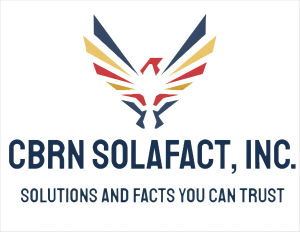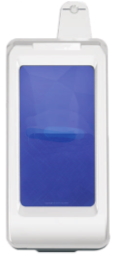Solafact 710
Solafact 710
Product Introduction
The Solafact 710 is a new generation Raman detector with a laser wavelength of 1064 nm. It has been certified by public security authorities and successfully resolves the issue of fluorescence interference. This device is capable of detecting common illicit drugs, hazardous chemicals, and precursor chemicals for risk monitoring purposes. The Solafact 710 includes spectral data for a wide range of fentanyl and synthetic cannabinoid compounds, covering the substances listed in the new psychoactive substances catalogue. This versatile Raman detector can be widely applied in national security, drug enforcement, security screening, hazardous materials inspection, and scientific research.
Features
- Fast detection speed and high measurement sensitivity
- Adjustable laser power
- High resolution and distinctive fingerprint characteristics, enabling easier extraction of feature peaks for accurate identification of substance type and chemical composition
- 1064 nm laser wavelength provides excellent resistance to fluorescence interference
- Optimised automatic mixture analysis algorithms for more effective identification of complex compositions
Parameters
| Laser Wavelength | 1064 nm |
| Laser Power | 0–600 mW (software adjustable) |
| Wavenumber Range | 200–2500 cm-1 |
| Resolution | 8–15 cm-1 |
Detection Examples
The increasing spread and rapid update of new drugs have put forward higher and higher requirements for the rapid on-site detection of law enforcement departments.
Surface-Enhanced Raman Spectroscopy has a significant advantage in the rapid on-site detection of narcotics. As a molecular vibration spectroscopy technique, Raman spectroscopy can analyse the structure and composition of chemical substances with high sensitivity. Its prominent advantages include non-contact and non-destructive detection, minimal sample quantity required, no complex pre-processing required, fast detection speed, simple operation, and high sensitivity detection of narcotics when combined with SERS technology.
Figures
- Figure 1: Conventional Raman testing is subject to signal interference from glucose, starch or other strong fluorescent impurities.
- Figure 2: Enhanced Raman testing: clear signal, accurate identification.
Application Area
Widely applied in national security, drug enforcement, security screening, hazardous materials inspection, and scientific research.


